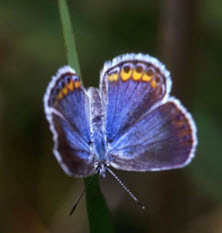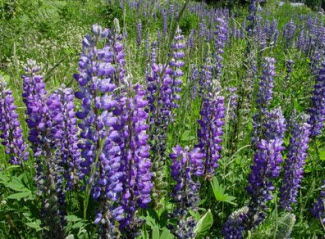Click below to listen to my 2 min. Garden Bite radio show: Of pollinators and plants
Bees, honeybees in particular get the buzz as the premiere pollinators…
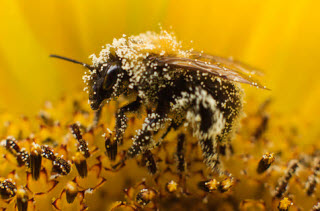
Honey bees in particular because they can be packed up and carted to commercial growers for pollinate, for instance, almond trees in California.

But nearly everything is a pollinator to a certain degree. Butterflies are probably next on the list. Though inadvertent pollinators, they carry the pollen on their legs and bodies as they feed on the nectar of flowers.
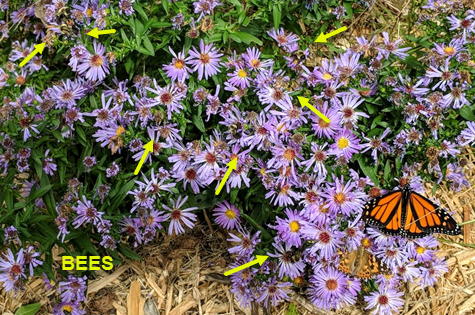
Birds, beetles and even bats are pollinators. I know folks aren’t too happy with bats right now, as they transmitted the coronavirus to humans, however, THAT was not their “fault”. Bats are not the “bad guy”, they offer a lot of positives too. Check out my Garden Bite on Saving the Bats.

What about plants? My plant list: Of Plants and Pollinators plant list – Teri Knight
The easiest plants to grow are native plants! And there are some superstars among them. Liatris or Blazing Star

Agastache is also a great plant as they have long bloom periods and are major attractors for bees and butterflies.
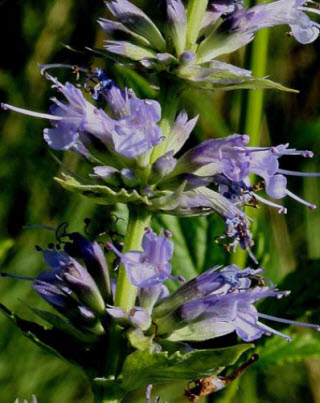
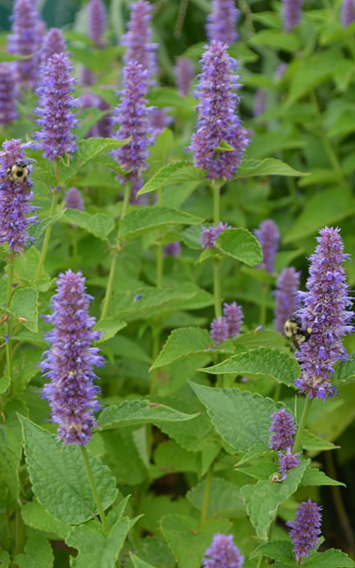
One plant I want to mention for the Great Lakes area, and any sandy location, is the Wild Lupine.

This is a superstar as it’t the only host plant of the Karner Blue Butterfly, which is on the endangered list.
